Pangaea - ESA's Geological Training Course
Human Spaceflight
Pangaea - ESA's Geological Training Course
The Pangaea training course is designed to provide astronauts with the fundamental knowledge and practical skills to be effective field scientists during future planetary exploration missions to the Moon and Mars. 1)
Pangaea is the first step in preparing European astronauts to become planetary explorers on missions to other planets allowing them to communicate with science advisors on Earth effectively, using a common and geologically correct language to increase fast and fruitful decision-making while selecting scientifically-relevant places to take samples.
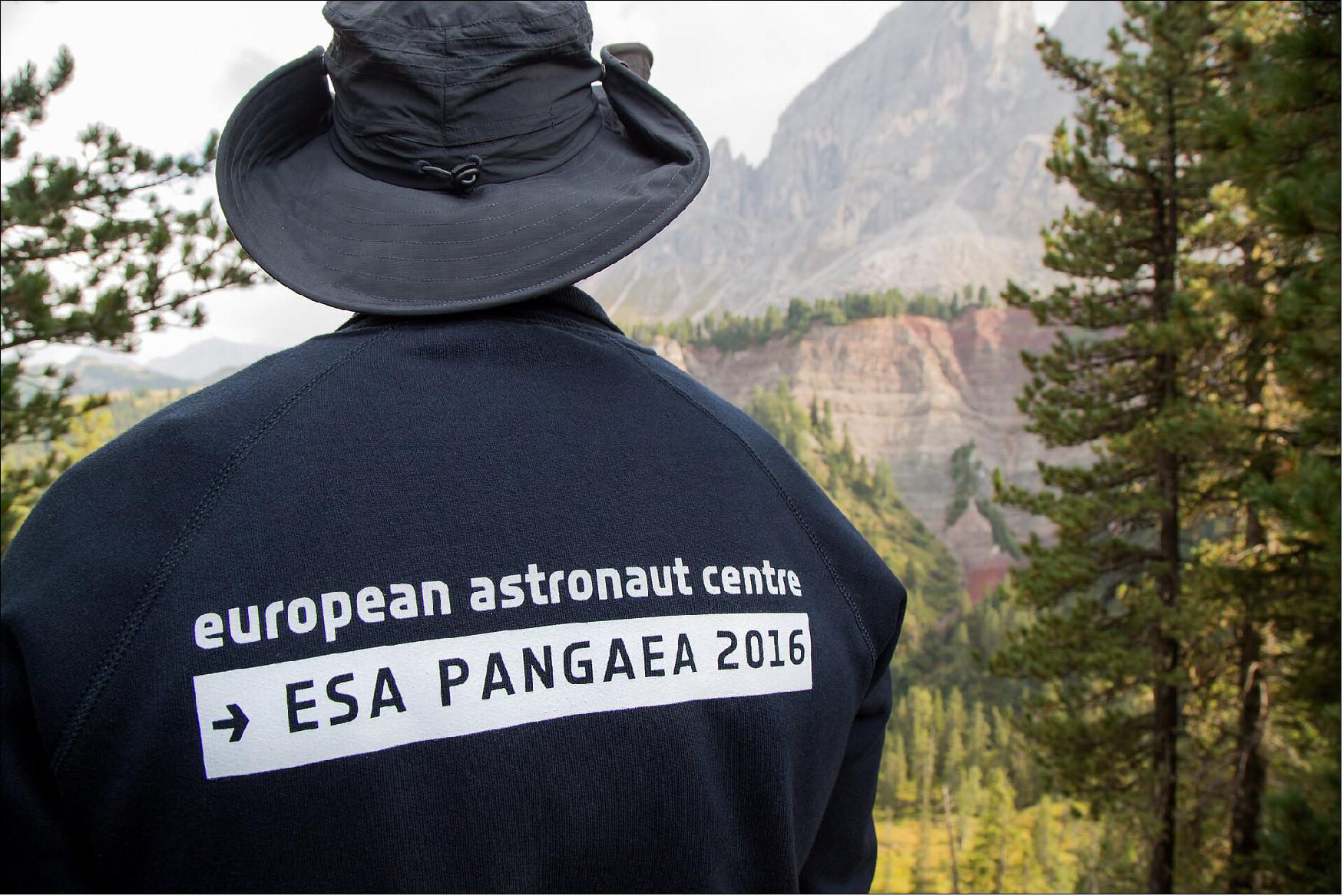
Goals of Pangaea
• Learn about the geological processes of Earth, Moon, Mars and asteroids.
• Develop skills to identify geological features, perform efficient sampling and report to ground control concisely and correctly.
• Recognize and describe environments that could host extra-terrestrial life.
Course Structure and Locations
The course is split into four sessions. These consist of:
• Fundamentals of Earth and planetary geology, Martian sedimentary geology and surface processes through field trips in Bletterbach Canyon, Italy,
• Lunar geology and impact cratering at the Nördlinger Ries crater, Germany,
• Training in field geological traverses and astrobiology in the pristine volcanic terrains of Lanzarote, Spain.
• Magma differentiation and the lunar highlands in Lofoten, Norway.
Technology for Planetary Exploration
In addition to its core training focus, Pangaea works to develop exploration technologies, such as the Electronic Field Book and the Mineralogical Database, which augment its core training activities and aim to enhance future exploration missions to the Moon and Mars. A spin-off program, Pangaea-X, makes use of the analogue environments from the training to test and develop technologies and operations for planetary exploration. 2)
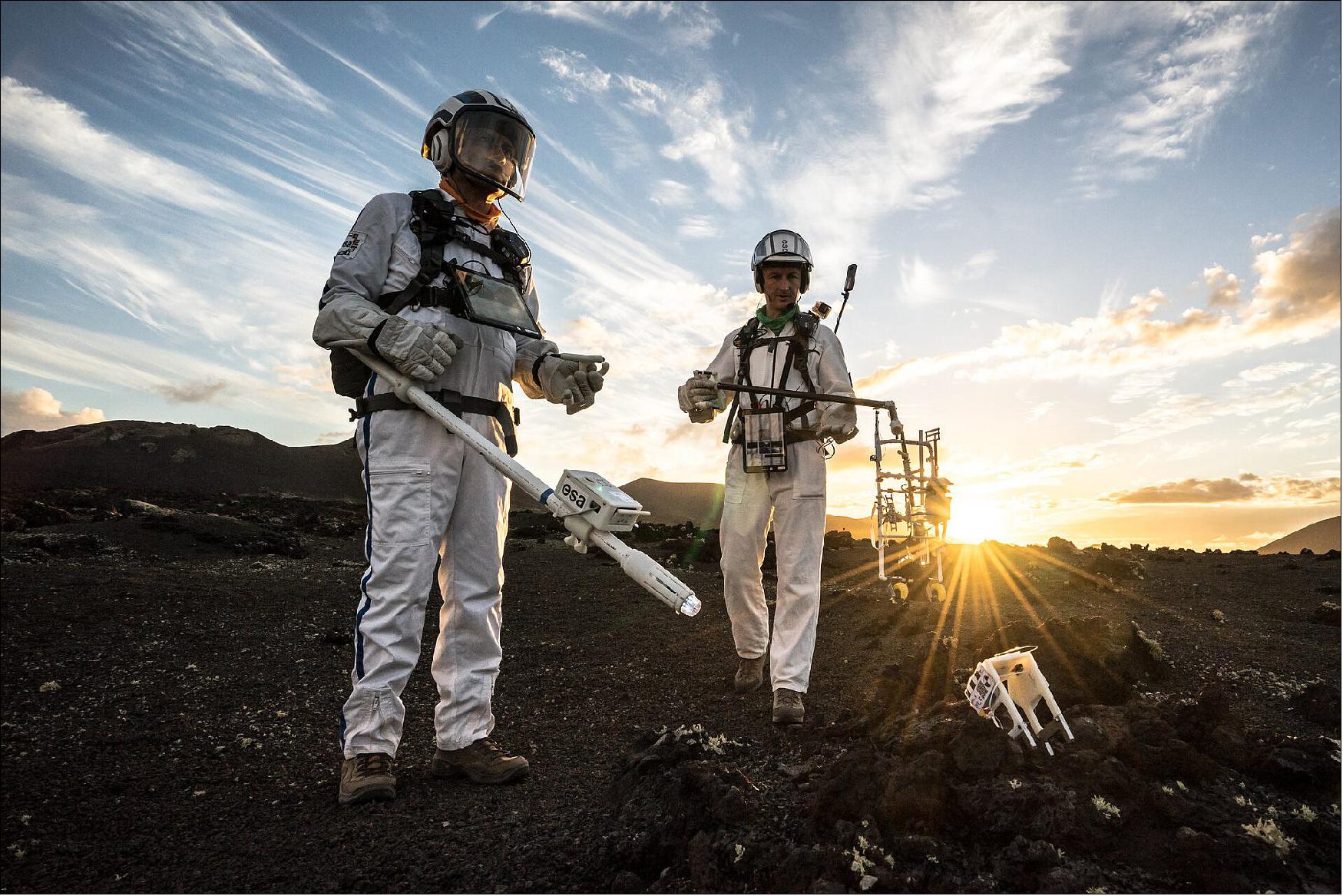
Pangaea Developments and Events
• July 20, 2022: Standing next to a large boulder in a Norwegian fjord, ESA astronaut Andreas Mogensen and NASA’s Kate Rubins take a close look at its geological features during the final session of ESA’s Pangaea training course. 3)
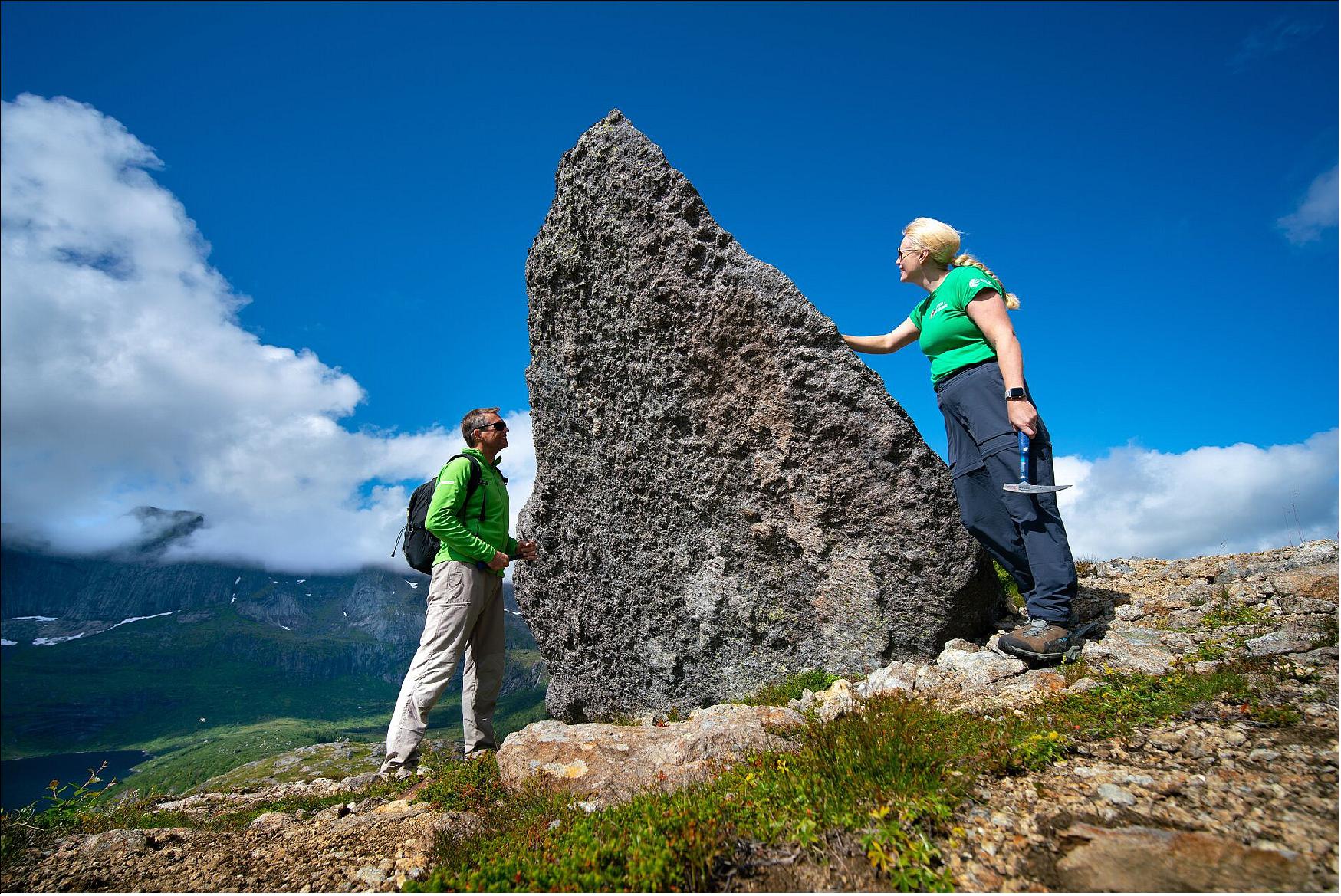
- Anorthosites are among their targets. This lunar-like rock is known to be found in the bright, heavily cratered highlands of the Moon, and happens to be abundant and very well preserved in this corner of the world. Glaciers have polished these rocks for millions of years, and they are beautifully exposed to the trained eye today.
- As Andreas put it on his Twitter account, he is taking “a short break from preparing for my mission to the International Space Station next year, in order to prepare for future missions to the Moon.”
- Kate has also set her sights on the Moon – she is already part of the group of Artemis astronauts and could become the first American woman to land on the lunar surface.
- Fittingly, today the United Nations celebrate #MoonDay to mark 53 years since Apollo 11 astronauts landed on the Moon for the first time. A UN resolution declared that the 20 July be observed every year for the “international cooperation in the peaceful uses of outer space.”
- This snapshot also pays tribute to the Apollo 17 picture of NASA astronaut Harrison Schmitt next to huge, split lunar boulder during his third moonwalk at the Taurus-Littrow landing site.
- While Apollo astronauts trained in Minnesota, California and Montana to learn about anorthositic rocks, the European Space Agency found a perfect enclave in the Arctic for complex geological lessons.
- The Pangaea team of planetary scientists and instructors believe that equipping astronauts with a geologist’s eye could make a real difference for Moon exploration.
• November 19, 2021: Take away the clouds, bulk up the humans with suits and add an orange-red filter and this could be an image from a future mission to Mars. 4)
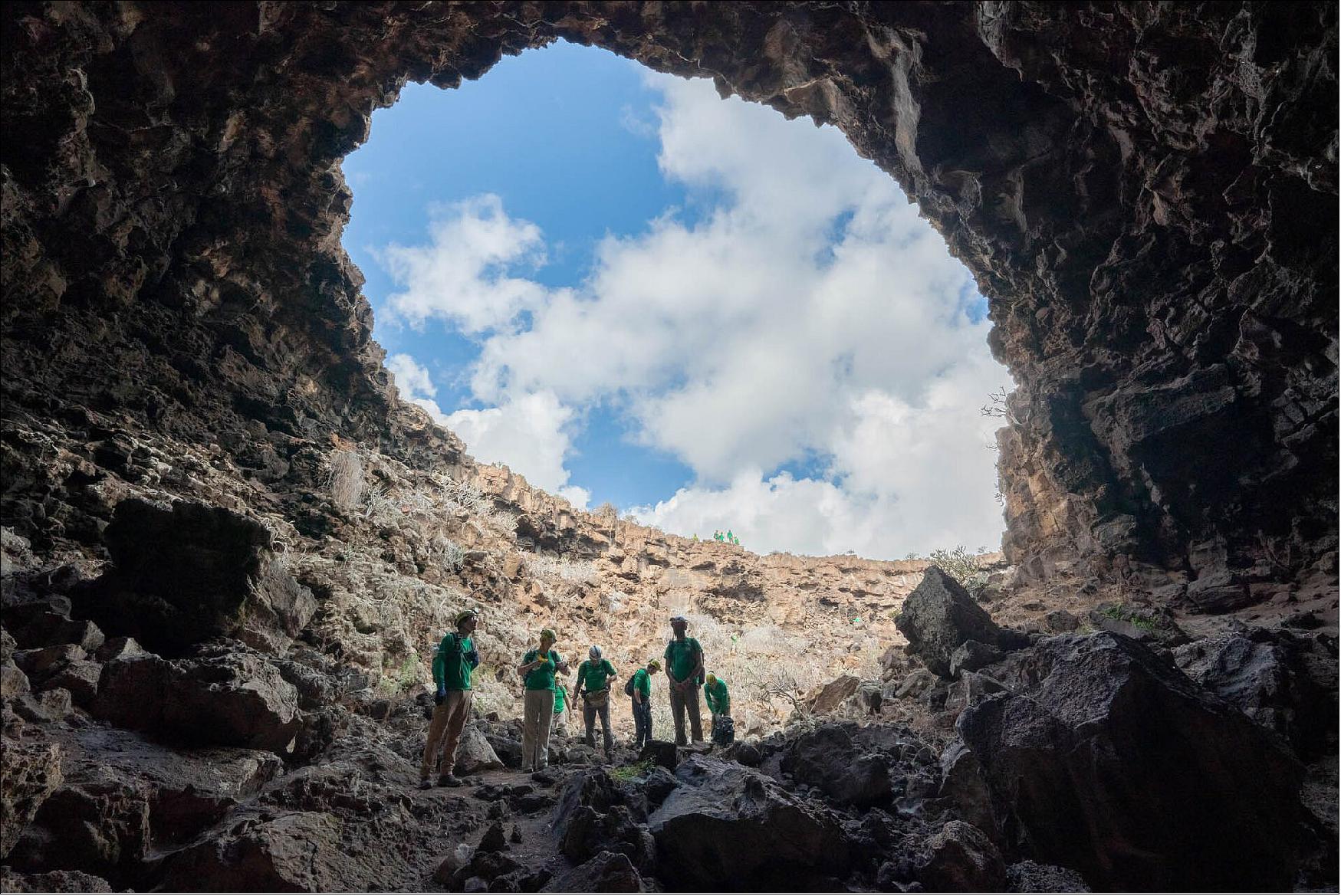
- Before ending up in one of Europe’s volcanic hotspots, Andreas, Kathleen and Robin learned how to describe geological sites, and how to classify rocks and identify traces of life during field trips to the Italian Dolomites and the Ries crater in Germany in September.
- Lanzarote’s volcanic landscapes are exceptionally well-preserved, and the long history of geological activity make it a unique open-air museum. Here, basaltic lava flows resemble vast plains on the lunar maria and volcanoes are similar to those in some regions of Mars.
- For an astronaut whose day job is the daily operations of the International Space Station at Mission Control in Houston, USA, Andreas admits that looking at rocks sounded kind of boring at first.
- But in Lanzarote, Andreas and his crewmates were set loose on the Mars-like terrain to follow pre-planned geological investigation routes and analyze the mineralogy of the soil all while remaining in constant communication with the science and training teams with dedicated tools.
- Now, Andreas has learned to see the rocks in a new light. “It’s intriguing to interpret the layers of the Earth where the rocks come from, and from there begin to understand the evolution of our planet,” he says.
- Looking at rocks has led to an interesting three weeks for the astronaut, who would choose Mars as a destination for future spaceflight. Mars exploration might be in the distant horizon, but “still a fascinating place to visit,” he adds.
- Pangaea – named after the ancient supercontinent – prepares the astronauts for geological expeditions to other planets. Trainees acquire skills and knowledge both in the field and in the classroom, tailored towards the needs of future planetary explorers.
• November 10, 2021: A team of astronauts, engineers and geologists is travelling to Spain’s Canary Islands, one of Europe’s volcanic hot spots, to learn how to best explore the Moon and Mars during ESA’s Pangaea geological training course. 5)
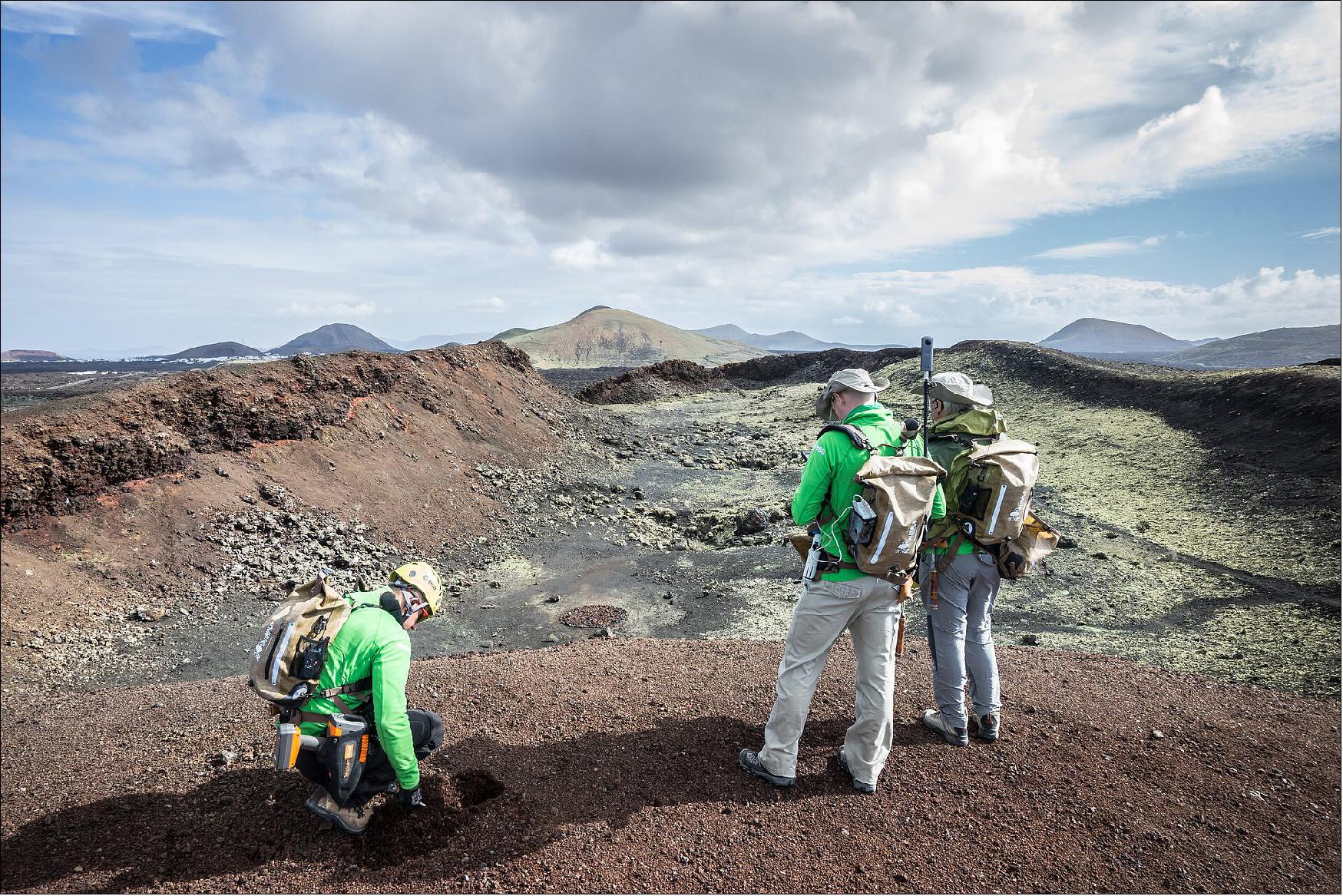
- This edition’s participants are ESA astronaut Andreas Mogensen, ESA engineer Robin Eccleston and NASA astronaut Kathleen Rubins, who is part of the group of NASA astronauts selected to potentially land on the Moon for the Artemis missions, where research on lunar geology will be crucial.
- The crew learned how to identify interesting rock samples and traces of life during field trips to the Italian Dolomites and the Ries crater in Germany in September.
- Thanks to lessons by leading European scientists, “by now we are able to listen to and better understand the geologic heartbeat of the planet. Some rocks are like open books telling you the story of our Solar System,” says Andreas.
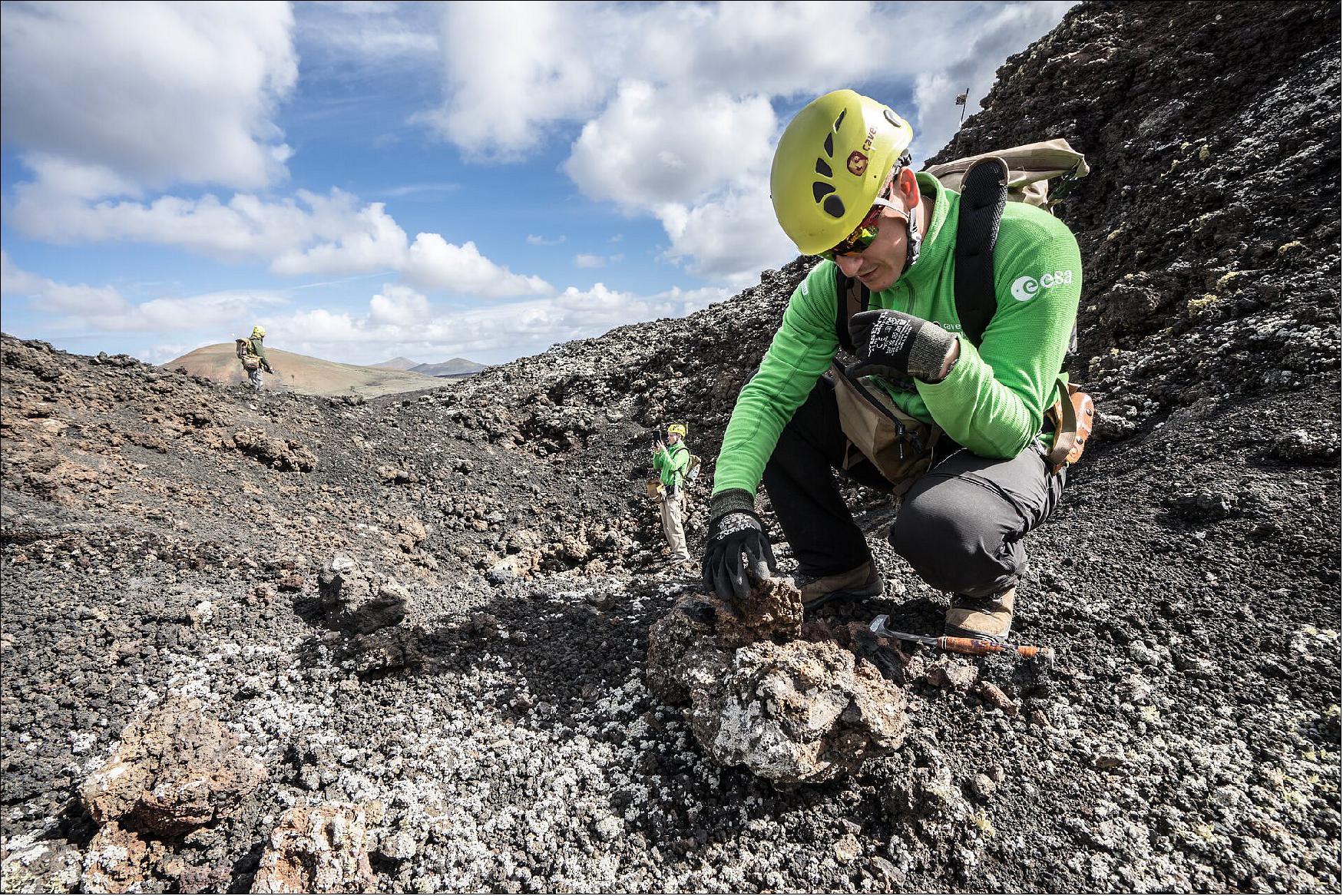
Volcanic Universe
- Lanzarote’s volcanic landscapes are exceptionally well-preserved, and recent geological activity makes it a unique open-air museum.
- Here, basaltic lava flows resemble vast plains on the lunar maria and volcanoes are similar to those in some regions of Mars.
- “In Lanzarote we can really look into the geological interactions between volcanic activity and water – two key factors in the search for life,” explains Samuel Payler, Pangaea training coordinator. Surprisingly microorganisms can thrive inside the rocks despite the apparently barren soil.
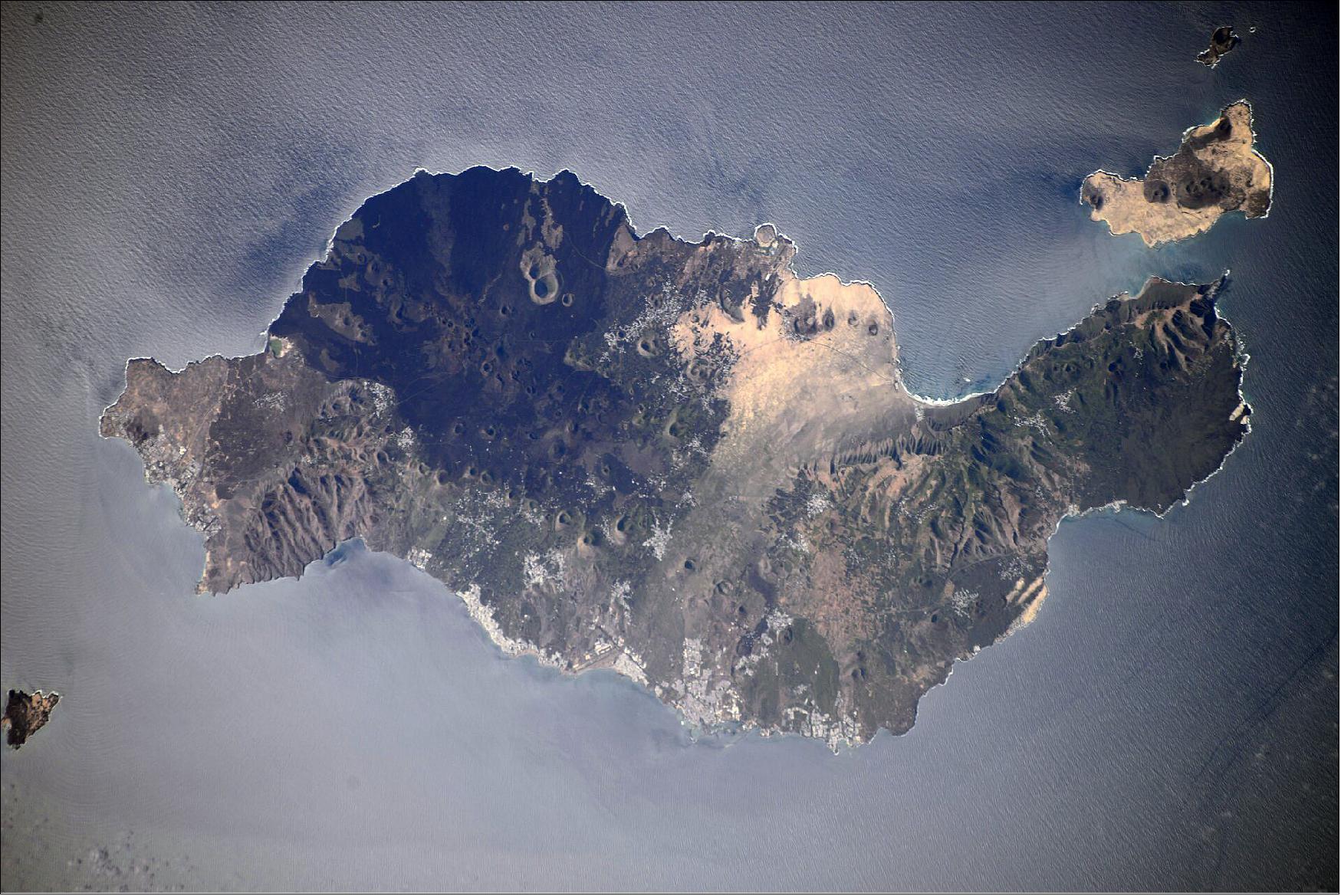
- Volcanism is not exclusive to Earth. Our Moon had extensive volcanic activity until less than two billion years ago. Mars is currently a cold, dry desert, but in the past most of the planet’s surface was shaped by water and volcanoes in a very Earth-like fashion. The Red Planet has the largest known volcano in our planetary neighborhood – the 22 km high Mount Olympus.
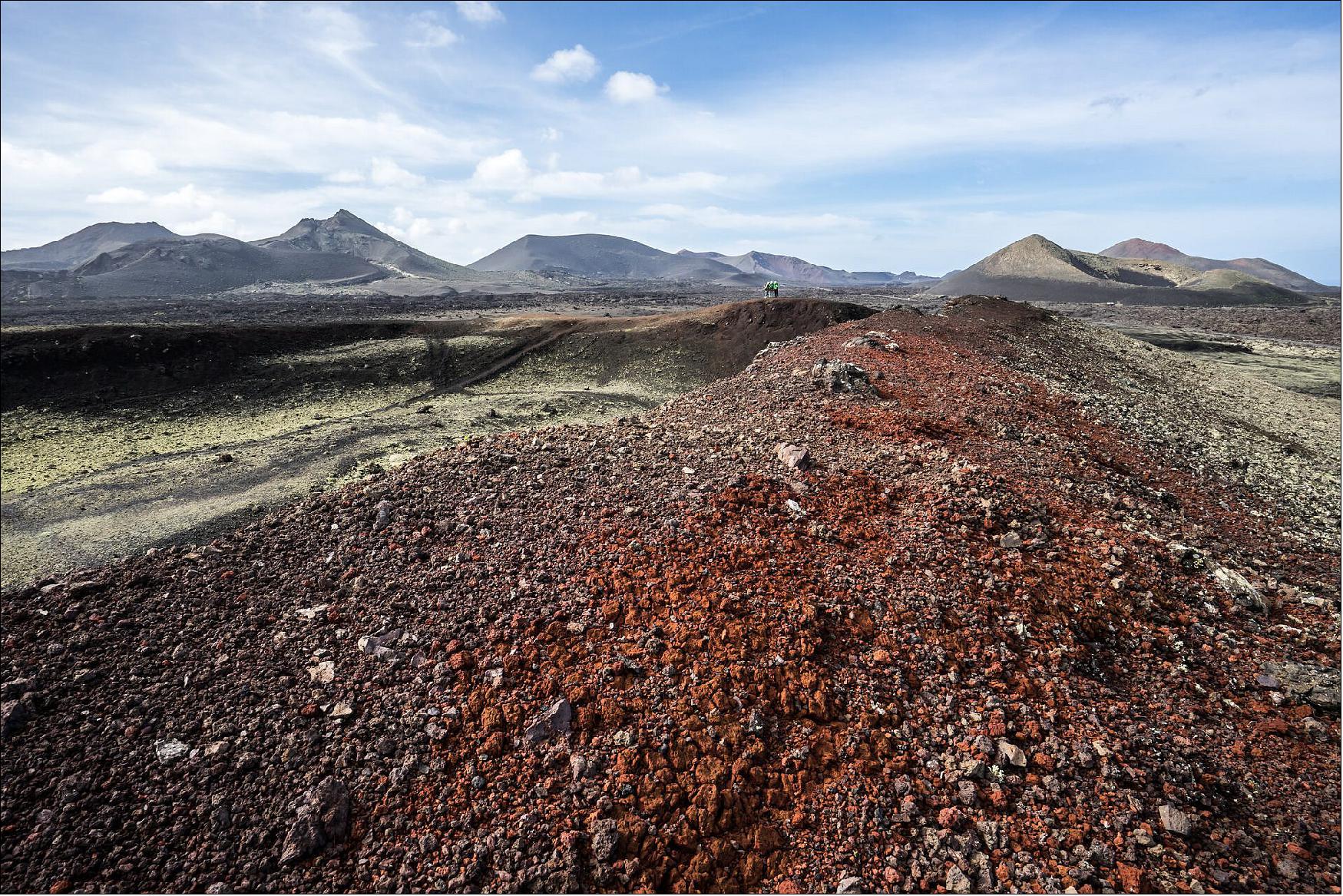
Preparing for Other Planets
- Pangaea – named after the ancient supercontinent – prepares the astronauts for expeditions to other planets. Trainees acquire skills and knowledge both in the field and in the classroom tailored towards the needs of future planetary explorers.
- Participants analyze the chemistry and mineralogy of the soil, choose their own exploration routes and rely on technology in constant communication with the science and training teams.
- “We instruct astronauts on reading and describing landscapes and running efficient sampling taking into account the environment around them, such as dust and volcanic rocks,” says Francesco Sauro, Pangaea’s technical course director.
- “From selecting a landing site to describing samples with the right scientific vocabulary, this is the basic geological education they will need in future field trips for lunar missions,” adds the geologist.
Figure 9: ESA’s Pangaea training course prepares astronauts and space engineers to identify planetary geological features during future missions to the Moon, Mars and asteroids. The Pangaea campaign – named after the ancient supercontinent – provides the crew with introductory and practical knowledge to find interesting rock samples and assess the most likely places to find traces of life on other planets. Leading European planetary geologists share their insights into the geology of the Solar System. - Theoretical work is followed by field trips to the Ries impact crater in Germany, the sedimentary environment of Geopark Bletterbach in the Italian Dolomites and the volcanic landscapes of the Geopark of Lanzarote, Spain. - Pangaea is the first step in preparing European astronauts to become planetary explorers on missions to other planets, allowing them to effectively communicate with science advisors on Earth. - Through Pangaea, Europe is also developing operational concepts for surface missions where astronauts and robots work together, among themselves and with scientists and engineers on Earth, using the best field geology and planetary observation techniques (video credit: ESA)
References
1) ”What is Pangaea?,” ESA Science & Exploration, 15 September 2016, URL: https://www.esa.int/Science_Exploration/Human_and_Robotic_Exploration/CAVES_and_Pangaea/What_is_Pangaea
2) ”Moonwalk in Lanzarote,” ESA Science & Exploration, 23 November 2018, URL: https://www.esa.int/Science_Exploration/Human_and_Robotic_Exploration/CAVES_and_Pangaea/What_is_Pangaea
3) ”Bound up with the Moon,” ESA Science & Exploration, 20 July 2022, URL: https://www.esa.int/ESA_Multimedia/Images/2022/07/Bound_up_with_the_Moon
4) ”Rocky roads through Lanzarote,” ESA Science & Exploration, 19 November 2021, URL: https://www.esa.int/About_Us/Week_in_images/Week_in_images_15_-_19_November_2021
5) ”Astronaut training in the land of volcanoes,” ESA Science & Exploration, 10 November 2021, URL: https://www.esa.int/Science_Exploration/Human_and_Robotic_Exploration/Astronaut_training_in_the_land_of_volcanoes
The information compiled and edited in this article was provided by Herbert J. Kramer from his documentation of: ”Observation of the Earth and Its Environment: Survey of Missions and Sensors” (Springer Verlag) as well as many other sources after the publication of the 4th edition in 2002. - Comments and corrections to this article are always welcome for further updates (eoportal@symbios.space).